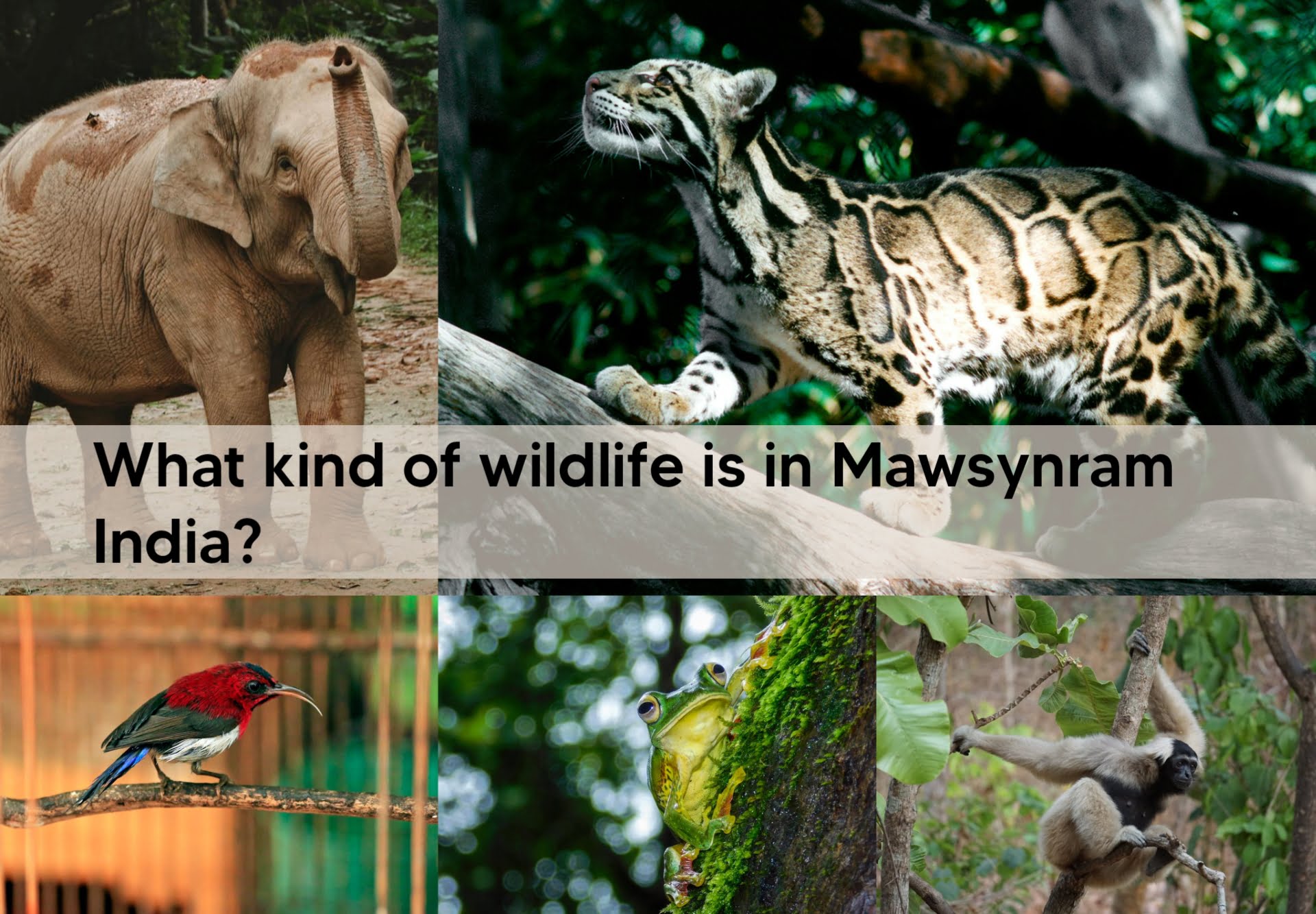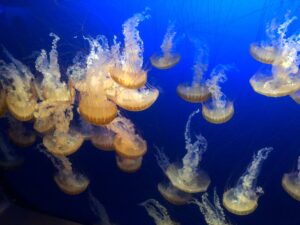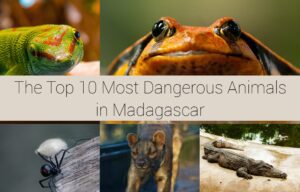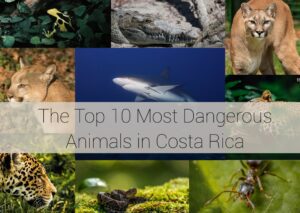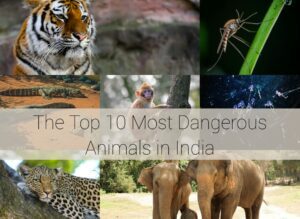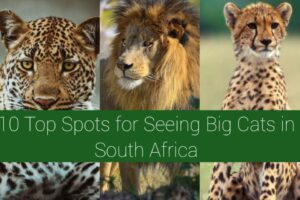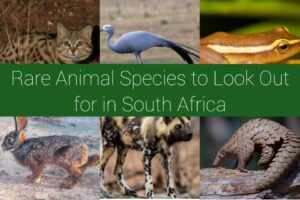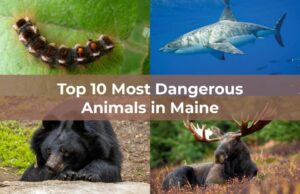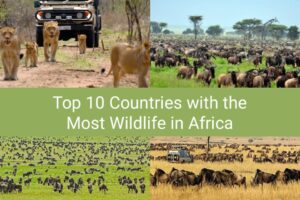India is a country that is on the list of places you would like to explore if you are a fan of wildlife. The country is home to more than 90,000 species of animals and 45,000 species of plants.
India is also known to have different habitats, such as forests, grasslands, deserts, mountains, and coasts. Each habitat has its own unique wildlife that adapts to the environment.
One of the most fascinating habitats in India is the tropical rainforest. Tropical rainforests are known as forests that receive a lot of rainfall throughout the year.
These areas have a warm and humid climate and a dense canopy of trees that blocks most of the sunlight. They produce a lot of oxygen and absorb a lot of carbon dioxide, which makes them an ideal stop for wildlife to thrive.
Tropical rainforests are found in many parts of the world, such as South America, Africa, Southeast Asia, and Australia. But did you know that India also has some tropical rainforests? Yes, you heard that right. India has about 2.5% of the world’s tropical rainforest area.
Most of these rainforests are located in the Western Ghats, a mountain range that runs along the western coast of India.
Back to the topic: Mawsynram is a village in the state of Meghalaya. Mawsynram is famous for being the wettest place on Earth, with an average annual rainfall of about 11,872 mm.
This means it receives more than 10 times the rainfall of London. This village receives so much rain because it is located on a plateau that faces the Bay of Bengal, where moist winds from the Indian Ocean bring heavy showers.
In this article, we will take a look at some of the wildlife that lives in Mawsynram’s tropical rainforest.
What kind of wildlife is in Mawsynram India?
Since Mawsynram is a tropical rainforest, it has a variety of wildlife, such as mammals, birds, reptiles, amphibians, insects, and more.
Some of these animals are native to Mawsynram and cannot be found in other areas around the world.
Here are the wild animals that can be found in Mawsynram, India.
1. Mammals
Mawsynram has a variety of different mammals. They are animals that have hair or fur and produce milk for their young. Some of the mammals that live in Mawsynram are:
1. Clouded Leopard
Scientific name: Neofelis nebulosa
The clouded leopard is a medium-sized cat that has a yellowish-brown coat with black spots and stripes. This animal got its name from the cloud-like patterns on its fur.


The clouded leopard is a solitary and secretive animal that lives in the trees. It can climb up and down trees with ease and even hang upside down from its tail.
Just like other cats in the wild, it is also a carnivore and hunts animals such as monkeys, deer, rodents, and birds. The clouded leopard is native to the eastern Himalayas and Southeast Asia. Sadly, this animal is among the endangered animals in the wild because of habitat loss and poaching.
2. Hoolock Gibbon
Genus: Hoolock
The hoolock gibbon is a small ape that has long arms and legs, and no tail. It is black, brown, or white, with a tuft of hair on its head.
This animal is native to eastern Bangladesh, northeast India, and other Asian cities. It is a social and vocal animal that lives in groups of two to six.

The hoolock gibbon communicates with loud calls that can be heard for kilometers. They are herbivores that feed mainly on fruits, leaves, and flowers.
3. Indian elephant
Scientific name: Elephas maximus indicus
India is known to have a high elephant population. The Indian elephant is the smallest of the three elephant species.

They are a social and intelligent animal that lives in herds of up to 100. They are herbivores and consume up to 150 kg of food per day. Their food includes grass, bamboo, fruits, and bark.
4. Indian Leopard

Scientific Name: Panthera pardus fusca
These leopard species are found throughout India. They can be identified by their yellow or yellowish-brown spotted coats.
Indian leopards live in tropical rainforests like Mawsynram. They are mostly solitary and nocturnal, preferring to move around at night and rest on trees during the day.
Due to their massive skull and powerful jaw, they can take on large prey. Indian leopards are also good swimmers and may occasionally go into the water.
5. Capped Langur

Scientific Name: Trachypithecus pileatus
The capped langur is a primate that is found in the forests of northeastern India, including Mawsynram.
Capped Langurs spend most of their life on trees, where they move from tree to tree in search of food. Their diet primarily consists of leaves, flowers, and fruits.
These primates can live in Mawsynram since they go about almost all their daily activities on trees. In the forest, you will hear them make different calls on trees.
6. Barking Deer

Scientific Name: Muntiacus muntjak
Barking deer are also known as muntjacs or rib-faced deer. They are small when compared to other deer.
Since they are native to South Asia and Southeast Asia, they are found throughout India. Barking deer live in areas with dense vegetation, rainforests, and places close to water. This makes Mawsynram a good home for these deer species.
If you are wondering how barking deer got their name, it is because of the barking sound they make. This sound, similar to that of a dog, is used to warn other deer of potential danger.
2. Birds
Mawsynram is home to many birds. Here are some of the birds that live in Mawsynram:
1. Great Hornbill

Scientific Name: Buceros bicornis
The great hornbill is a large bird that has a black and white plumage, and a yellow and black bill. This bird has a distinctive bright yellow and black casque on top of its bill. The casque is hollow and serves no known purpose for the bird.

This bird is also known as a noisy and conspicuous animal that lives in pairs or small groups. They make loud calls that sound like laughter or roaring.
Great hornbills are omnivores, which means they eat both plants and animals. Its main diet consists of fruits, insects, reptiles, and small mammals.
It is native to India and is the official state bird of Kerala, a state on the Malabar Coast of India.
2. Rufous-necked hornbill
Scientific Name: Aceros nipalensis
The rufous-necked hornbill is another species of hornbill that is native to India and Southeast Asia. This bird is medium-sized and has brown and black plumage and a red and yellow bill.
It has a smaller casque than the great hornbill and a rufous-colored neck. The rufous-necked hornbill is a shy and elusive animal that lives in pairs or small groups.
They make soft calls that sound like whistles or croaks and feed on mostly fruits and sometimes insects, spiders, and small vertebrates.
3. Mrs. Gould’s sunbird
Scientific Name: Aethopyga gouldiae
Mrs. Gould’s sunbird is a small bird that has a colorful plumage and a long, curved bill. It is named after Elizabeth Gould, the wife of a famous British ornithologist.

Mrs. Gould’s sunbird is a lively and active animal that lives in pairs or small flocks. They make high-pitched calls that sound like chirps or trills.
Mrs. Gould’s sunbirds feed on mostly nectar. But occasionally, they can also eat insects, spiders, and small seeds.
3. Reptiles
Tropical rainforests like Mawsynram are home to many reptiles due to the environment. Here are some of the reptiles that live in Mawsynram:
1. King Cobra
Scientific Name: Ophiophagus hannah
The king cobra is a large snake that has a brown, black, or olive color and a yellow or white band on its neck. It is the longest venomous snake in the world, reaching up to 5.5 meters in length.
This animal lives alone and can raise its head and hood when threatened. They are native to Asia and feed mainly on other snakes, lizards, rodents, and birds.
2. Green Pit Viper
Scientific Name: Trimeresurus salazar
The green pit viper is a snake that has a green color and a triangular head. The color of their bodies makes it easier for them to camouflage in trees and areas filled with green vegetation.
They have venom that they use when hunting for prey like lizards, birds, rodents, and other small mammals.
3. Bengal Monitor

Scientific Name: Varanus bengalensis
The Bengal monitor is also known as the Indian monitor. It is a large lizard that has a brown or gray color and a long tail.
They can grow up to 1.75 m in length and weigh up to 7.2 kg. This monitor lizard is a terrestrial animal that can run fast, swim well, and climb trees.
4. Amphibians
Amphibians also thrive in tropical rainforests. Here are some of the amphibians that live in Mawsynram:
1. Malabar Gliding Frog
Scientific Name: Rhacophorus malabaricus
The Malabar gliding frog is a green-colored frog that has a yellow or orange stripe on its side. It has webbed feet and skin flaps on its arms and legs, which help it glide through the air.

They live in trees and are found in the Western Ghats of India. Malabar gliding frogs can jump up to 12 meters in distance and steer their direction with their limbs.
2. Purple Frog
Scientific Name: Nasikabatrachus sahyadrensis
The purple frog is also known as the Indian purple frog. This is due to its mostly purple color.
If you want to see this frog, then you will have to visit a city like Mawsynram in India. You will find them underground and in water since they spend most of their lives burrowing in the soil.
3. Indian Bullfrog
Scientific Name: Hoplobatrachus tigerinus
The Indian bullfrog can be found in wetlands like Mawsynram. It is a large frog that has a yellow, green, or sometimes brown color.
They have a large head and mouth and powerful hind legs that allow them to jump up to 2 m in height and 3 m in distance.
5. Insects
Here are some of the insects that live in Mawsynram:
1. Atlas Moth
Scientific Name: Attacus atlas
The atlas moth is a large moth that has a brown and red color and a wingspan of up to 25 cm. It is the largest moth in the world by wing surface area.

This animal flies in the night and has no mouthparts. This means it does not feed as an adult. As you might have guessed, they live for only a few days and mate and lay eggs before dying.
The atlas moth is native to South and Southeast Asia, primarily inhabiting dry tropical forests, secondary forests, and shrublands.
2. Giant Forest Scorpion
Scientific Name: Heterometrus spinifer
The giant forest scorpion is native to India and is known as the largest scorpion species in the world. This scorpion has a black or brown color, a pair of pincers, and a stinger.
They can grow up to 23 cm in length and weigh up to 56 g. You can find them hiding under rocks, logs, or leaf litter.
3. Orchid Mantis
Scientific Name: Hymenopus coronatus
The orchid mantis is a small mantis that has a white and pink color and a flower-like shape. It is also known as the walking flower mantis because it resembles an orchid.
They can be found on trees and can camouflage themselves with their color and shape. They use this mechanism as bait to lure pollinating insects such as bees and butterflies.
Bottom Line
Mawsynram is a tropical rainforest in Meghalaya, India. In this article, we have provided a list of animals that can be found in Mawsynram.
In summary, the kinds of animals you will see in Mawsynram, India, are the Clouded Leopard, Hoolock Gibbon, Indian Elephant, Great Hornbill, Rufous-necked Hornbill, and Mrs. Gould’s Sunbird. Others include King Cobra, Green Pit Viper, Bengal Monitor, Malabar Gliding Frog, Purple Frog, Indian Bullfrog, Giant Forest Scorpion, Atlas Moth, and Orchid Mantis.
Most of these animals are native to India and other parts of Asia, so if you have never seen any of these animals before, then you might want to visit Mawsynram for a wonderful experience.
Have you been to Mawsynram? Which animals did you see there? Let everyone know in the comment section.
FAQs
How much rain does Mawsynram receive in a year?
Mawsynram receives an average annual rainfall of about 11,872 mm, which makes it the wettest place on Earth.
Is Mawsynram worth visiting?
Yes, it is worth visiting Mawsynram. Aside from the different wildlife present in this village, it also has other tourist destinations like Mawjymbuin Caves, Jakrem Hot Spring, and Lum Symper Peak and Cave.

Hi, I’m Louis Ojibe, and I grew up around wildlife in Africa. I have always been fascinated by animals and nature across the world.
As a child, my parents used to take me to see wild animals like lions, elephants, gorillas, tortoises, and many others at our local zoo.

